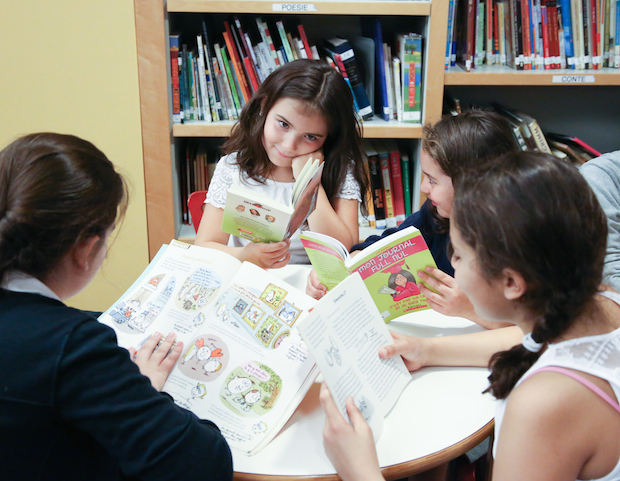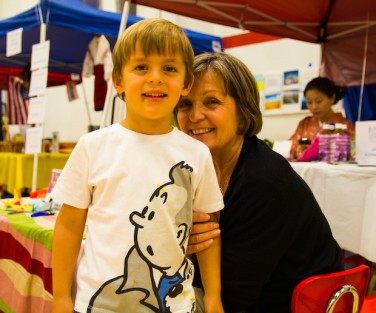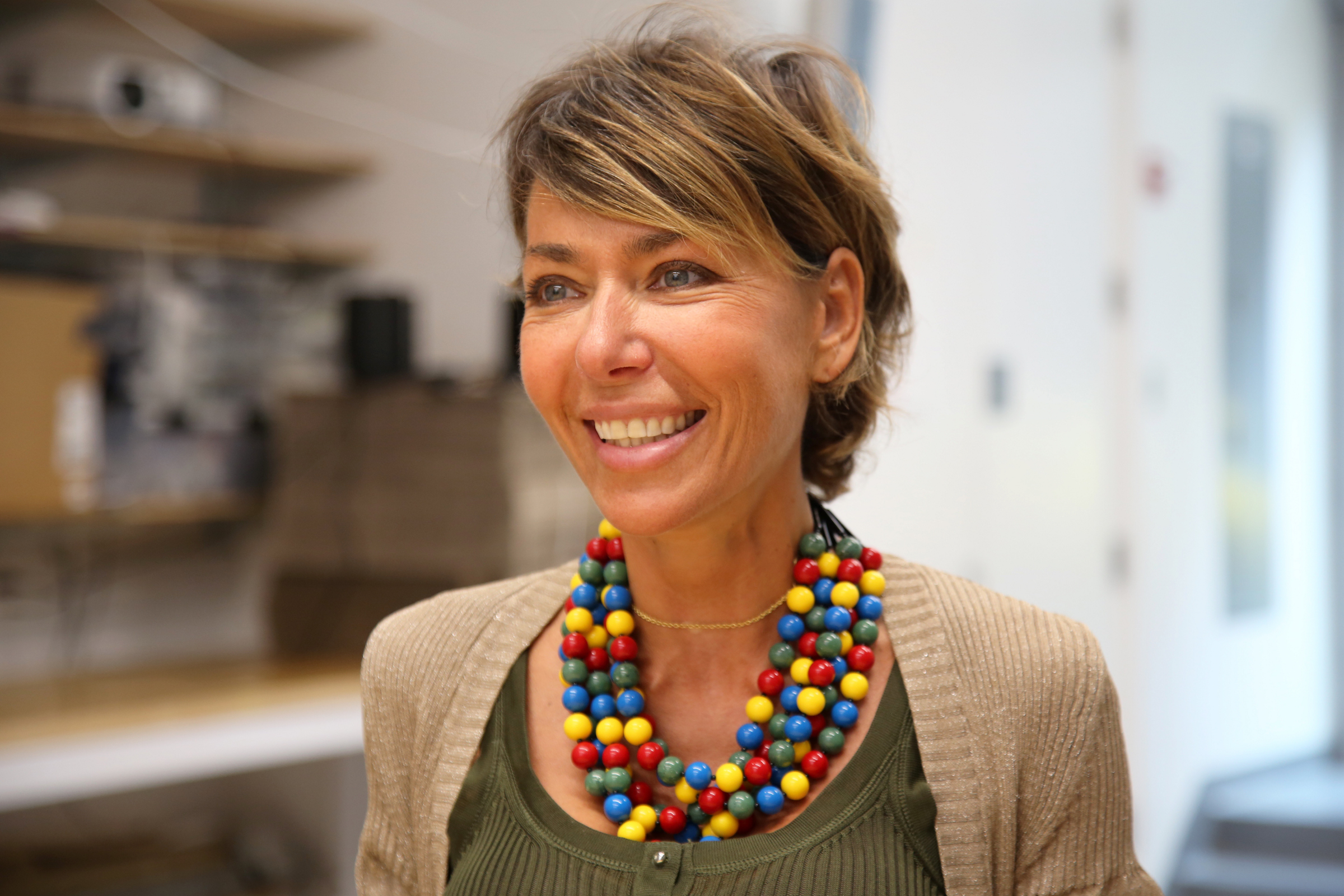Language is at the heart of learning in primary school, and as the director of a French school abroad, I am often asked a fundamental question: what are the essential factors that support the solid development of both languages in bilingual children?
Though it may seem obvious, one of the key factors is the linguistic experience of the child. A child will not be bilingual without a prolonged, frequent and motivating experience in both languages.
In order to become bilingual, children need to experience the many dimensions of both languages in a motivating, reassuring environment that makes sense to them.
In order to become bilingual, children need to experience the many dimensions of language (listening, speaking, reading and writing) in both languages in a motivating, reassuring environment that makes sense to them.
Different situations, different challenges
Some families create this environment quite naturally, such as when two parents are present in their child’s life, and each one speaks to the child in one of the two languages. When a child is schooled in one language, but the language at home is different, she or he will generally develop bilingualism in a harmonious, fluid way.
When the second language is spoken by one parent, who for any number of reasons may not be a daily presence in the life of the child, building bilingualism is also harder.
Other situations may make this effort harder. When a child is schooled in the language of the local environment, but, after a long day at school, goes home to minimal exposure to the family language, second language acquisition can be more difficult. When the second language is spoken by one parent, who for any number of reasons may not be a daily presence in the life of the child, building bilingualism is also harder.

Bilingualism requires tremendous patience to resist the urge to hope for too much, too soon.
In addition, in homes where there is very little verbal interaction in the second language, such as in a family where there is not a lot of communication, the child may not have enough exposure to the second language, and it may not be reinforced. Conversation is essential here. In other words, speaking to a child in the language is not the same as speaking with a child in the language, because it is not stimulating the same level of engagement and, therefore, progress.
However, strengthening of language does happen when parents or adults close the child converse with their children in these ways:
– Speak at a level that is not too complex
– Reformulate (not correct) what a child has said, eg: “We going to the house.” “Yes, we are going home.”
– Ask open-ended questions rather than “yes” or “no” ones
– Stimulate and support children’s efforts to express themselves with encouragement and approval
– Validate children’s contributions
– Listen carefully to the child
– Reference objects or gestures when speaking to the child to help with comprehension and vocabulary. Support words with gestures and facial expressions.
Supporting language acquisition in a second language may mean putting in place careful plans in a family that take into consideration how and when the child is exposed to which language.
Supporting language acquisition in a second language may mean putting in place careful plans in a family that take into consideration how and when the child is exposed to which language. This helps the child to adapt an equilibrium of exposure to each language, and especially to the quality of each language.
 Bilingual competencies in children change over time
Bilingual competencies in children change over time
Bilingualism demands a lot of motivation and a positive attitude from parents. In some cases, it may mean extra effort and perseverance to help a child reach a certain language goal over time. It also requires tremendous patience to resist the urge to hope for too much, too soon for each child.
Parents should remember that bilingual competencies in children change over time. They vary in each language depending on where you live, your social environment, development of new friends, or even changes in the family such as a birth, death or divorce. It is important to accompany life changes with strategies adapted to each situation as they evolve to help maintain an equilibrium of quality and quantity in each language.
In short, in some cases it is really very easy to raise a bilingual child, and others demand much more of an investment in time and care. Looking into how to create the most favorable conditions for language acquisition is certainly a good first step.
About the Author :
Vannina Boussouf grew up on the Mediterranean island of Corsica, where bilingualism is an integral part of identity. She studied English and Spanish at the University of Corsica, and philology and letters in Cordoba, Spain, before starting a career as an elementary teacher and administrator. Vannina relocated to the United States in 2004, where she taught at the International School in Louisiana. She joined the Lycée in 2007 to direct the Primary School, and during her tenure, she has focused on innovative teaching methods that support the development of the whole child in a bilingual setting.



